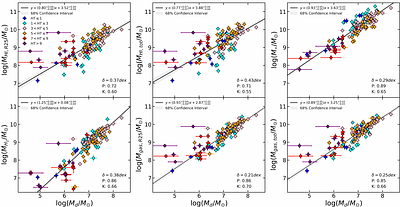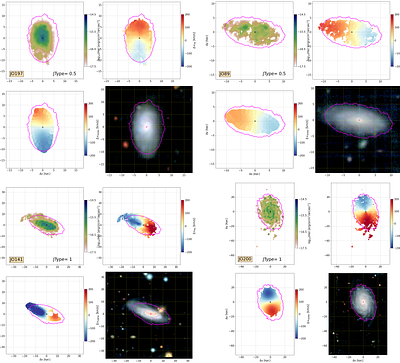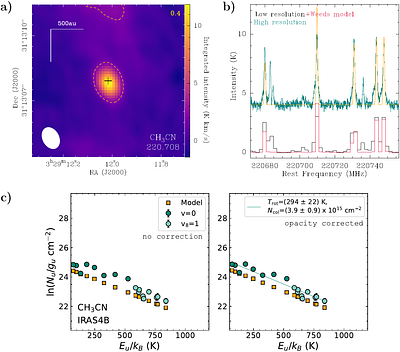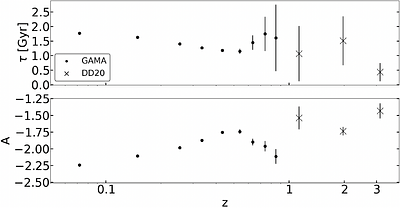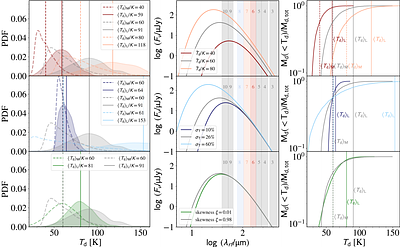By: Kejian Chen, Zhengrong Li, Kohei Inayoshi, Luis C. Ho
By: Francesco Salvestrini, Simone Bianchi, Edvige Corbelli
By: Bianca M. Poggianti, Benedetta Vulcani, Neven Tomicic, Alessia Moretti, Marco Gullieuszik, Cecilia Bacchini, Jacopo Fritz, Koshy George, Myriam Gitti, Alessandro Ignesti, Augusto Lassen, Antonino Marasco, Mario Radovich, Paolo Serra, Rory Smith, Stephanie Tonnesen, Anna Wolter
By: Alessandra Venditti, Julian B. Munoz, Volker Bromm, Seiji Fujimoto, Steven L. Finkelstein, John Chisholm
PRODIGE - envelope to disk with NOEMA: V. Low 12C/13C ratios for CH3OH and CH3CN in hot corinos
By: L. A. Busch, J. E. Pineda, O. Sipilä, D. M. Segura-Cox, P. Caselli, M. J. Maureira, C. Gieser, T. -H. Hsieh, M. T. Valdivia-Mena, L. Bouscasse, Th. Henning, D. Semenov, A. Fuente, M. Tafalla, J. J. Miranzo-Pastor, L. Colzi, Y. -R. Chou, S. Guilloteau
By: Jake Hassan, Rosalba Perna, Matteo Cantiello, Tyler Parsotan, Davide Lazzati, Nathan Walker
By: Aleksandra Leśniewska, Jens Hjorth, Christa Gall
By: Sharon E. Meidt, Simon C. O. Glover, Ralf S. Klessen, Adam K. Leroy, Jiayi Sun, Oscar Agertz, Eric Emsellem, Jonathan D. Henshaw, Lukas Neumann, Erik Rosolowsky, Eva Schinnerer, Dyas Utomo, Arjen van der Wel, Frank Bigiel, Dario Colombo, Damian R. Gleis, Kathryn Grasha, Jindra Gensior, Oleg Y. Gnedin, Annie Hughes, Eric J. Murphy, Miguel Querejeta, Rowan J. Smith, Thomas G. Williams, Antonio Usero
By: G. Guiglion
By: Laura Sommovigo, Hiddo Algera

